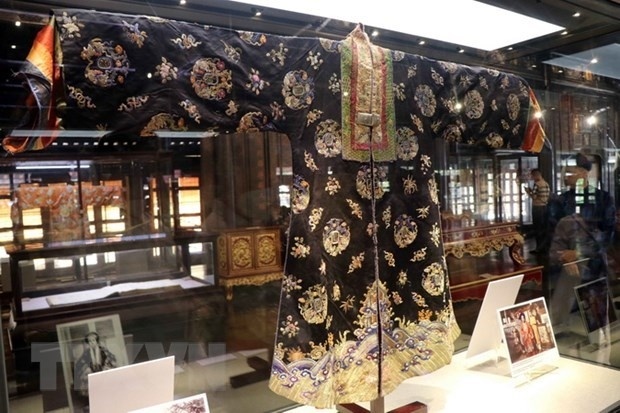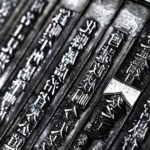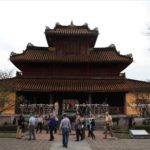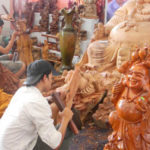The two artifacts were bought by the Sunshine Group Joint Stock Company at an auction in Spain and donated to the province, home to the complex of royal palaces of the Nguyen Dynasty.
The mandarin hat was made by around the end of the 19th century or early 20th century, while the silk dress dates back to the 19th century.
They will be preserved at the Hue Museum of Royal Fine Arts and displayed for free-of-charge public view until the end of this year.
Spratly and Paracel Islands on the Hue Nine Dynastic Urns
Hue’s nine dynastic urns are not only national treasures indicating the authority and power of the Nguyen Dynasty, the final feudal dynasty of Vietnam, but also evaluated as a geographical book, a unique encyclopedia of Vietnam in the early 19th century. In particular, on the nine dynastic urns, many names of mountains, rivers and marine islands of Vietnam are shown quite clearly and convincingly. This shows that our ancestors had deep awareness of national sovereignty, including marine islands.









